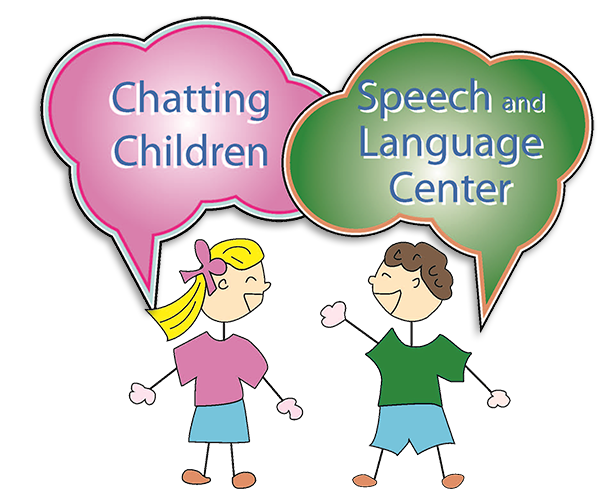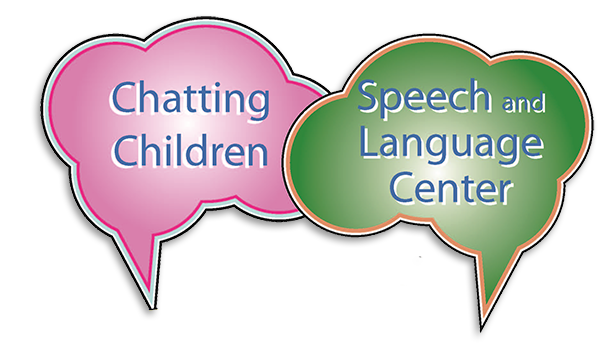Our last post discussed the concepts of RHYMING, SEGMENTING and BLENDING to help improve a child’s pre-reading skills. This week, we are going to review two more phonemic awareness skills to practice with your child.
1) SOUND IDENTIFICATION: Can your child determine what the first sound is in a spoken word? Can they identify two words that start with the same sound? If not, practice activities that help your child build sound skills. Ensure that the activities are short and fun so that your child does not become frustrated.
- Start with family member names or motivating words that your child may find funny (e.g., name of a stuffed animal, favorite food, etc.) and have your child tell you the first sound they hear in that word. Start with words that have longer initial sounds so that you can “hold out” the sound for them to hear. For example, /m/, /n/, /s/, /z/, /f/, /l/, /z/ are all longer sounds so words such as “mom”, “zoo”, “lion”, “nana” are good words to start with for initial sound identification.
- Help your child think of a number of words that start with a target sound such as /m/ or /s/. If they struggle with this task, give them the following sound in the word. For example, if naming words that start with /s/, you say “siiii…” to see if they can come up with words like “sick” or “sip”.
- Make up silly sentences with words that begin with the same sound. For example, “Sarah and Sal sat on the seal.”
- Once your child masters INITIAL sound identification, try the same tasks with FINAL sound identification and later MEDIAL sound identification.
2) PHONEME MANIPULATION: The last and more challenging area of the phonemic awareness tasks is the ability to manipulate individual sounds in spoken words. Children become more proficient readers when they are able to think about and work with phonemes.
- Phoneme deletion requires the child to remove individual or blended sounds from words. Words may include consonant blends, where two or more sounds are together as a cluster or blend (e.g., STop, SKi, SLed, SPoon). You will ask your child to say a target word and then say it again while omitting a sound. For example: “Johnny, say the word STOP. Now say it but don’t say the sound /s/.”
- Substitutionrequires the child to substitute one phoneme for another to make a new word. For example, “Johnny, say the word MAT. Now say MAT but change the /m/ to a /k/.”
Once your child is confident with the five phonemic awareness skills we have reviewed over the past two posts, reading should become a much easier and less frustrating task.

